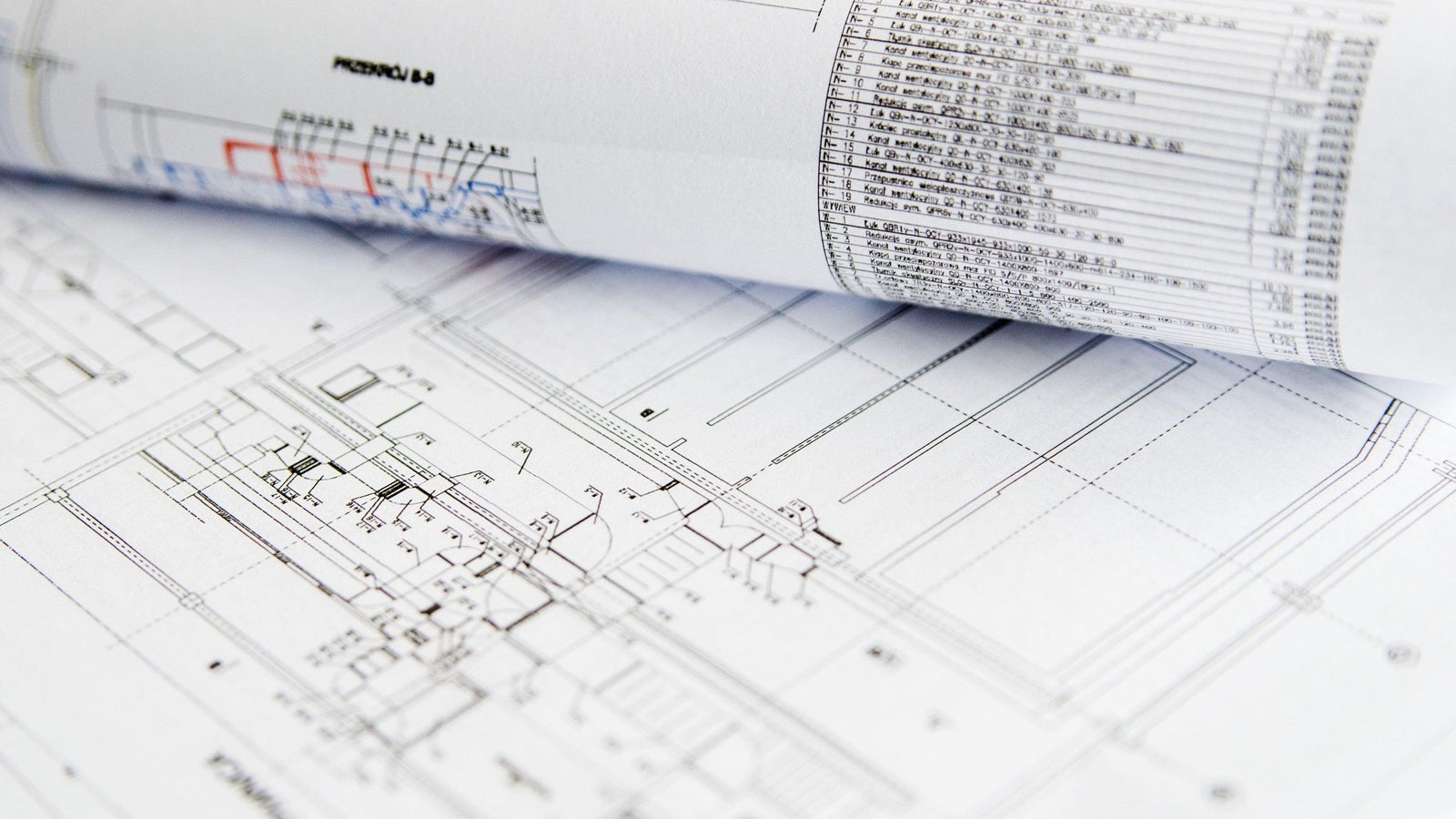40% OFF ALL LEED EXAM PREP PRODUCTS! | PASS YOUR EXAM CONFIDENTLY, ON YOUR FIRST TRY!
40% OFF ALL LEED EXAM PREP PRODUCTS! | PASS YOUR EXAM CONFIDENTLY, ON YOUR FIRST TRY!
Add description, images, menus and links to your mega menu
A column with no settings can be used as a spacer
Link to your collections, sales and even external links
Add up to five columns
Add description, images, menus and links to your mega menu
A column with no settings can be used as a spacer
Link to your collections, sales and even external links
Add up to five columns
LEED Prerequisites, Credits, And Pilot Credits
2 min read

Prerequisites are the minimum requirements that all buildings under a certain rating system must meet in order to achieve LEED certification. For example, all the projects that are certified under the LEED BD+C: Healthcare rating system must meet all the prerequisites of that rating system, while a project registered under LEED O+M: Retail must meet all of its prerequisites. To illustrate, let’s take a look at the one of the prerequisites under the LEED BD+C: New Construction and Major Renovation rating system.
Prerequisite—Fundamental Refrigerant Management: Briefly, this prerequisite requires projects not use CFC-based refrigerants in their HVAC&R (heating, ventilating, air conditioning, and refrigeration) systems.
Therefore, every project under the LEED BD+C: New Construction and Major Renovation rating system will not use any CFC-based refrigerants—period. Any project that cannot meet this requirement will not be eligible for a LEED certification. While projects can pick and choose the credits they want to pursue, prerequisites are mandatory. Fulfilling the requirements of prerequisites will also not result in the award of any points.
Now let’s look at the credits, which are also a part of each rating system. Project teams are free to go for any credit they want within the selected rating system. Each credit has requirements to be fulfilled, and once the requirements are met, the project will earn points. The higher the total points a project earns, the higher the level of LEED certification that will be awarded. To illustrate how a credit works, let’s take a look at the one of the credits under the LEED BD+C: New Construction and Major Renovation rating system.
Credit—Access to Quality Transit: Briefly, this credit requires the project to be located within walking distance of public transportation to reduce greenhouse gas emissions resulting from single-occupancy vehicle use.
Hence, any LEED BD+C: New Construction and Major Renovation project located within walking distance of public transportation will earn points under this credit. Projects that do not comply with this credit will not receive any points.
There are 100 total points allocated to the credits under each rating system; plus, there are 10 bonus points. A project that earns 50 points total will receive a LEED Silver while another project that earns 80 points will receive a LEED Platinum (if both of them satisfied all the prerequisites and the MPRs).
The prerequisites and credits are also sometimes categorized as design prerequisites / credits and construction prerequisites / credits, according to the project phase they are performed in. For example, the previously mentioned “Access to Quality Transit” credit is a design credit since the project’s location will not be decided during the construction phase.
Other than the prerequisites and credits, there are also Pilot Credits, which are credits being tested for the updated version of LEED. According to the feedback received by USGBC from the projects that pursue these credits, these pilot credits can become actual credits of the updated LEED rating system, which would be LEED v4.1.
Pursuing any pilot credit is optional to team members, but if the project chooses to earn a pilot credit, bonus points will be awarded. The points will be awarded under the “Innovation” credit, which is located under the Innovation credit category.
Also in Projectific Blog

What Changes In LEED v5 & When Will The LEED Exams Will Be Based On LEED v5?
3 min read
As building professionals prepare for this significant update, two critical questions arise: what are the major changes in LEED v5, and when will the LEED credential exams transition to the new version?

How LEED Handles Recyclables With The Storage And Collection Of Recyclables Prerequisite
2 min read

LEED Heat Island Reduction Credit Explained
2 min read

